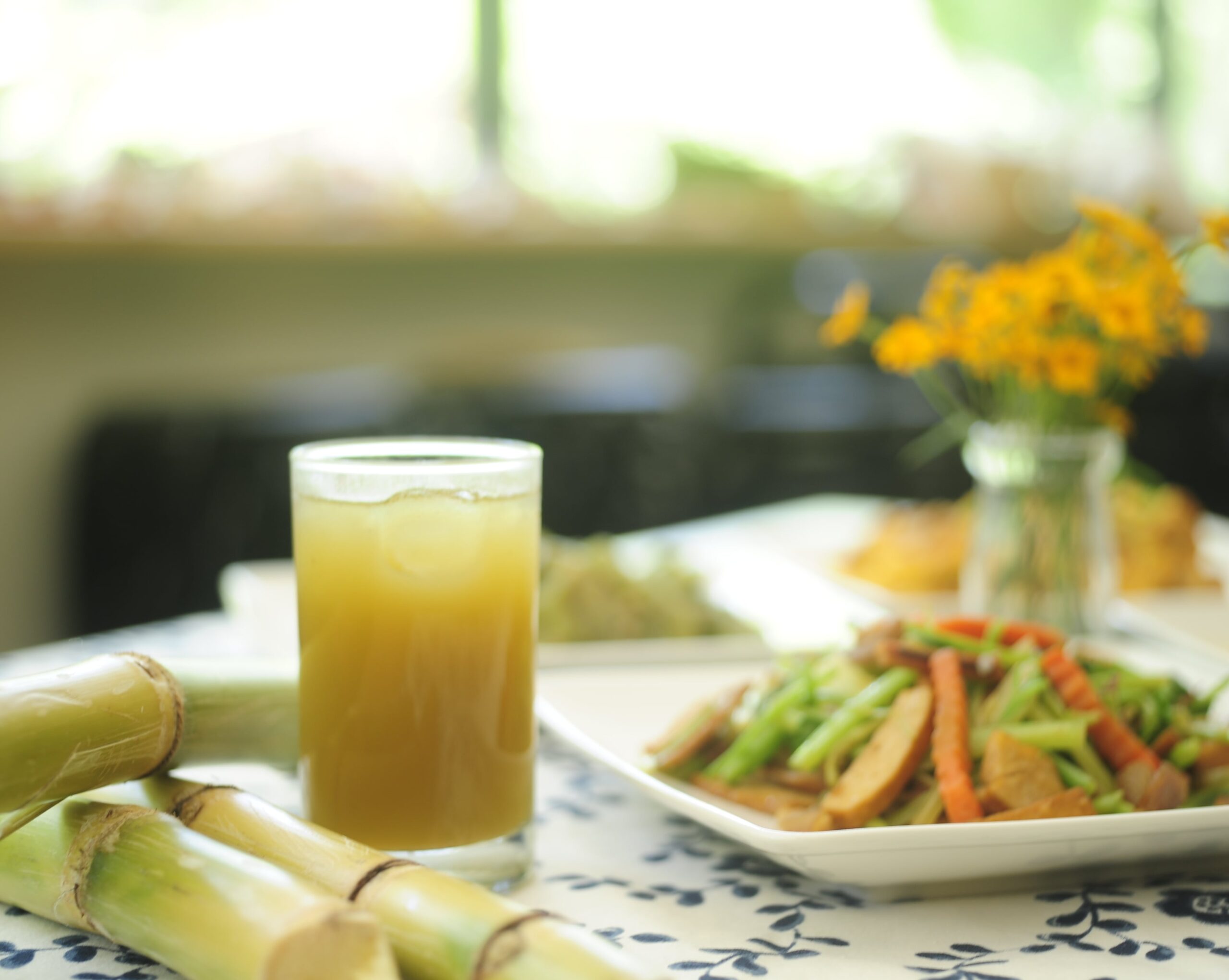

experience Taiwan's century-old traditional sugar-making culture
Xin Cheng Feng Tang
Located in Baoshan Township, Hsinchu County, the “Xin Cheng Feng Tang” has been planting sugarcanes since the Qing Dynasty…
Introduction
Located in Baoshan Township, Hsinchu County, the “Xin Cheng Feng Tang” has been planting sugarcanes since the Qing Dynasty, and was one of the vital sugar-producing areas in Taiwan during 1940s. However, the advancement of science and technology, and the hillside location not being conducive to mechanical development, has caused serious outflow of the local population. The sugarcane industry has also declined, and relevant cultural history has gradually been forgotten.
Xin Cheng Feng Tang was originally conceived to promote the community. Creating a friendly environment has always been the central concept. No pesticides or fertilizers are used in the sugarcane orchard. After manual harvesting, each stick is cleaned and checked for diseases individually. With diseased canes disposed, 100 kilograms of sugar cane can only produce roughly 10 kilograms of sugar, making it a time-consuming and labor-intensive effort.


Li Hongyong, general manager of Xin Cheng Feng Tang, said that most sugar cane harvested for sugar production are cleaned by machine, and is not inspected individually.
Regardless of whether the sugarcane is sick and rotten, limestone is added to precipitate impurities after washing. Although this method leads to more rapid production, it also leads to sugars with impurities, and the taste is not as pure as hand-picked canes. Therefore, although manual harvesting is quite labor-intensive, it provides superior quality of sugar.
Features of Agricultural Tourism
Grains
The park has a variety of sugarcane-themed DIY or food farming experiences. For example, from October to March and April of the following year is the sugarcane harvest season. Tourists are led by their guides and put on hats and gloves, and take their scythes for a walk in the sugar cane fields to personally experience the joy of chopping sugarcane. After the harvest, the sugarcane is carried back to the sugarcane lodge, where the soil is washed off, then the cane is crushed to produce fresh sugarcane juice or made into cool and refreshing sugarcane icicles, so that visitors can enjoy the fruits of their labour.
Sugarcane is made into a variety of processed products, handmade jade black sugar (brown sugar), brown sugar sachima, brown sugar honeycomb eggs, in addition to desserts such as cakes, sugar cane popsicles, and brown sugar steamed buns. Cuiyu (brown sugar) is also developed as a result of collaboration with the well-known Liji soy sauce brand in the Kansai region, and is popular with tourists. Because the park is mainly composed of Hakka people, a variety of brown sugar meals are available such as roasted pork, brown sugar sweet potato soup, NiuWen water, brown sugar ginger tea, brown sugar latte, etc., where visitors are spoiled for choice.




